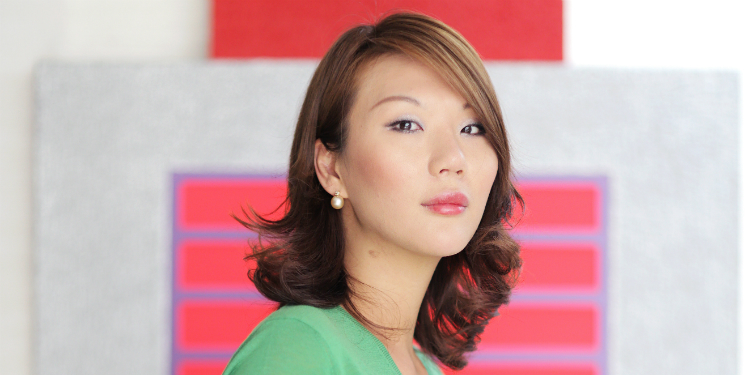Olyvia Kwok: “Knowing the trends and getting it right”

Olyvia Kwok, Founder of Willstone Management.
When Olyvia Kwok was just 22 years old she decided to buy a Chinese scroll painting at an auction for $33,000. She was convinced that the auction house had not catalogued it correctly it. She was certain it was older and could be sold for more.
Kwok was correct and later sold it at a Hong Kong auction house for $220,000. She went on to do the same thing for a Swiss bank that invested $50 million in art, which was later sold with an internal rate of return of 213%.
Now, her firm Willstone Management Capital is looking to replicate this approach working alongside private individuals. But on much bigger deals.
When she bought the Chinese scroll, her co-investor was Conor Mahoney, a former vice-president of Sotheby’s Chinese department. Willstone has secured $100 million from two hedge funds and is looking for private investors who want to partner with them.
Kwok says for her it’s not about the money but the excitement: “Knowing the trends and getting it right. Art retains its value. Unlike other assets, such as stocks, the value will never drop to nothing. A Picasso could go today for £20 million or the same work could go tomorrow for £15 million, but it will always be a Picasso.”
Kwok says that the ideal time to hold work is between 18 months and two years. Willstone’s short-term focus was influenced by Kwok’s experience as a gallerist. She launched Olyvia Oriental in London in 2005. In 2009 she renamed it Olyvia Fine Art in 2009 when demand for Asian art dipped.
“Art can be like super-high-fashion trends. Prices can depend on trends and what is fashionable. One day it could be Impressionists and the next Surrealists, that’s why it’s so important to stay in touch with the market and to keep a short-term focus” says Kwok.
“Auction guarantees are one of our main business activities. They work through an arrangement with the auction house or a third party on the basis of an arranged price. Once the low estimate of the consignment has been reached, any amount over that will be split to give us a profit. The worst-case scenario is that you are left with a work that you then have to sell”
In 2014 this happened to Willstone. It bid for two paintings in Sotheby’s February Contemporary & Post War Auction after a client agreed to buy them. The client failed to pay, forcing Willstone to buy the works alone.
“Auction houses can be temperamental. There are lots of factors to affect the sale of a work. It could be that someone who would bid a higher price for your work happens to be sick that day,” says Kwok.
Although Willstone offers art lending, Kwok says there is not much demand for this service. “The art market is pretty good, there is a lot of cash around. It has now become harder to find the right product rather than financing for it.”
Willstone tends to focus on smaller-scale deals around £2 million and £3 million. “Although we used to be very cutting-edge Contemporary, we now focus mainly on blue-chip art, doing deals of £2million and above. We go where the market goes and are very adaptable.”
“We are now focusing on the bigger numbers because the bigger deals have a more positive return. The smaller deals can mean risk and risk can be too opportunistic. We are owning fewer things but better-quality things.”
“Where other investments may be flat at the moment art is a good alternative asset. In 2007 the market was valued at £7 billion and it is now valued at £20 billion. The market has tripled.” She added: “If you look at the calendar for this year, you can see an art fair every week. If you ask yourself why, it’s because there is interest and there is demand, which shows the depth and solidity of the market. Scarcity values and growing wealth from emerging countries are helping drive the market.”
But if the market changes, Kwok says Willstone will too. “I think being adaptable is so important. I can be happy working for a variety of different clients.”
She adds: “People choose us because we have the vision – the eyes – as well as the capability.”